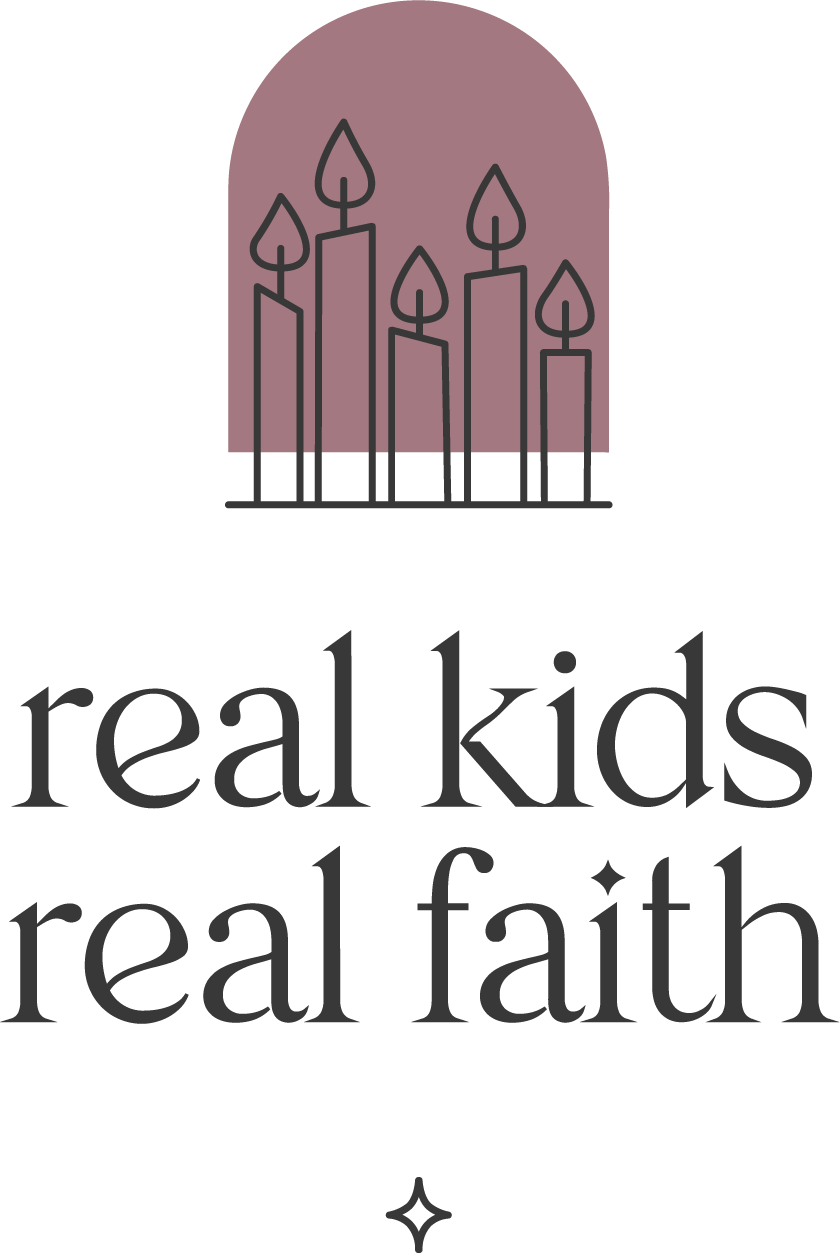In Wonder Woman 1984, young Diana, Amazon princess of Themyscira, desperately wants to win a competition. She is in the lead for much of the race, until she stumbles and loses her bow. Afraid the others will catch her, she spies a shortcut and circumvents a checkpoint to stay in front. Her mentor, Antiope, refuses Diana the victory, grabbing and restraining her just yards from the finish line. Winning through dishonorable means would not support Diana’s development of proper Amazonian self-regard.
For many years, developmentalists thought that adults should do everything possible to prop up a child’s fragile sense of self-esteem. Parents were advised to tell their children how special they are, teachers told to treat each student as extraordinary, and organizations encouraged to hand out ribbons to all participants for their unique contributions in competitions. Psychologists didn’t worry too much about children becoming narcissistic, defined at the time as excessive self-esteem. Instead, they worried about low self-esteem and the need to boost esteem through positive family and social interactions.
More recently, researchers have realized that self-esteem and narcissism differ in their origins and development. Young narcissists don’t actually feel very good about themselves. They see themselves as superior to others but are not very happy about who they are. They believe they deserve special privileges and are frustrated when they don’t receive them. They want people to affirm them and thus crave others’ admiration. They tend to use and dominate others rather than seek deep relationships.
Children with high self-esteem, on the other hand, feel good about who they are. They see other people as potential friends with whom they can develop mutually respectful relationships. They show signs of self-acceptance and self-respect without needing to be the center of attention. They have begun to internalize the idea that they are worthy individuals, which developmentalists now believe is at the core of self-esteem.
As one study puts it, children with high self-esteem want to ‘get along’ rather than ‘get ahead’, whereas narcissistic children want to ‘get ahead’ rather than ‘get along’. This distinction makes a significant difference in a child’s ability to form meaningful connections with others, which is a hallmark of a healthy spiritual identity.
So what causes one child to develop high self-esteem and another to become narcissistic? The primary difference seems to be whether the adults around them – particularly parents – practice overvaluation or offer warmth. Adults overvalue children when they emphasize specialness and entitlement: “You are the best cook ever!” “You deserve to win the art contest.” When children hear such declarations and then don’t win or encounter evidence that contradicts their special status, they become insecure and need further reassurance that they are special and deserving.
Parental (adult) warmth uses statements of affection and appreciation in place of declarations of superiority: “I enjoy spending time cooking with you.” “I appreciate how hard you worked on your sculpture.” When children hear that they are valued as companions, they learn that bringing themselves to the relationship is all that matters. When their efforts are seen regardless of outcome, they realize that worth comes from doing their best rather than besting others.
Diana’s mentor knew that what we tell our children about themselves has a huge affect. We can encourage them to see themselves in the world from a horizontal (equally worthy) or vertical (superior) perspective. A horizontal view, modeled by parental warmth instead of parental overvaluation, enables self-esteem and resists narcissism, making it the preferable choice for encouraging a healthy spiritual life.
Photo credit: Nathan Rupert

Comments